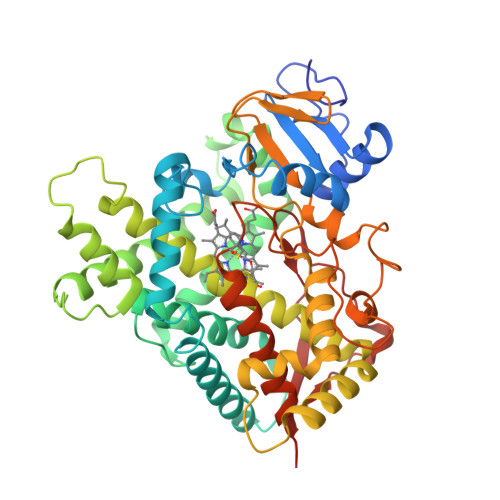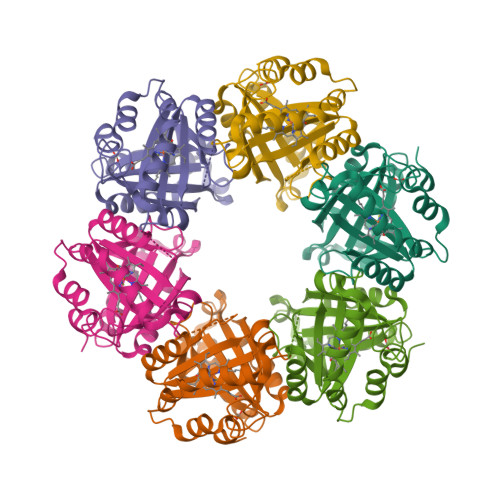It’s been a while since I read a science/technology book from back to back. And was it worth it? Definitely.
The book is about collaboration and is a collaboration. Ironically, the best-written chapters almost invariably are those by single authors. Which confirms my own theory that writing (including scientific writing) is not exactly collaborative activity. The contributions by Robert Porter Lynch [1], Robin W. Spencer [2], Victor J. Hruby [3], Edward D. Zanders [4], Brian Pratt [5] and Keith T. Taylor [6] are especially worth noting — I wish the whole book was written at the level of these chapters. Then again, collaboration is always a compromise. The material presented here is diverse and heterogeneous — what did you expect?
I am sure there are people who do all sorts of stuff using their smartphones, including scientific database browsing and chemical structure drawing [7]. This latter activity does not strike me as especially productive or convenient. (Also, makes me glad that the use of mobile phones while driving is outlawed in most of Europe.) In my view, for the purposes of computer graphics bigger is better: if I had a choice, I’d go for HIPerWall (25,600 × 8000 pixels) or, better still, HIPerSpace (35,840 × 8000 pixels) display walls [8]. Then I could draw some really large (in many senses) molecules.
As much as I enjoy reading the real (hardcopy) book, it could be nice to see it online, preferably in open access. For instance, Chapter 25 [9] has 196 references, all of them are URLs, and some of them are rather long ones. I’d love to be able to click on them rather than type!
Will the wikis, virtual communities and cloud computing replace the behemoth pharma companies and NCBI? A man can dream. Ekins et al. write [10]:
As a result of the recent recession there is a lot of drug discovery and development talent available now due to company lay-offs. If the software or other tools to enable this workforce to be productive and collaborate were available and they participated in the existing scientific collaboration networks, then there may be potential for enormous breakthroughs.
I wish I could share the authors’ optimism. Yes there is potential, but it is highly unlikely that unemployed researchers are in the mood to collaborate. In case you wonder why: being unemployed is a full-time occupation, which leaves preciously little spare time. I rather inclined to agree with Robin W. Spencer [2]:
Especially for cutting-edge scientific challenges, the participants you need are probably well paid and not particularly enthused by another tee shirt, coffee cup, or $100 voucher.
More quotes from this book can be found here.
I use this opportunity to lament the decline of old-fashioned copy editing [11]. I get used to the lack of any such luxury in open access publications: if the paper is accepted, the publisher tends to keep all your typos intact. But when you buy a book from John Wiley & Sons for a hundred something bucks, you’d expect some editorial intervention. (To be honest, I did not buy it. I can’t afford buying books at such prices anyway.) The major and minor irritations include:
- Typos: “chpater” instead of “chapter” (p. 281) — I thought by now the text editing software should take care of these.
- Tautologies: ‘The institutes of the national Institutes of Health’ (p. 496); ‘... we need to consider standards specifically for chemistry and biology. In chemistry specifically...’ (p. 202).
- Impenetrable sentences, e.g. ‘Many aspects should be considered, such as a regulatory path for filing, potential market size, differentiability of the therapeutic and experience with and difficulty to carry out clinical trials in the disease of interest’ (p. 252) or ‘This will only be done by drawing from the mental resources of an extended scientific community in an innovative and complex, yet “daily practice”, manner that promises a profound impact on our ability to use existing data to generate new knowledge with the maximum conceivable serendipity’ (p. 454). You what?
- Overabundance of acronyms (have a look at p. 497 and you’ll see what I mean).
- Overabundance of buzz-words of yesteryear: crowdsourcing (see below), integration, leveraging, paradigm, stakeholder and so on. The worst offenders, however, are clear and clearly. Clearly, when these words is used too often, it is clear that something is not quite clear.
Now for “crowdsourcing”: I find the term not only ugly but offensive. As a scientist (once a scientist, always a scientist), I am open to collaboration. Also, as a scientist, I detest being part of a crowd. Period.
Don’t get me wrong: it is a good book. I wouldn’t hesitate to recommend it to any decent scientific library. But it could have been a great book.

- Lynch, R.P. Collaborative innovation: essential foundation of scientific discovery. In: Ekins, S., Hupcey, M.A.Z. and Williams, A.J. (eds.) Collaborative Computational Technologies for Biomedical Research. John Wiley & Sons, Hoboken, 2011, pp. 19—37.
- Spencer, R.W. Consistent patterns in large-scale collaboration. Ibid., pp. 99—111.
- Hruby, V.J. Collaborations between chemists and biologists. Ibid., pp. 113—120.
- Zanders, E.D. Scientific networking and collaborations. Ibid., pp. 149—160.
- Pratt, B. Collaborative systems biology: open source, open data, and cloud computing. Ibid., pp. 209—220.
- Taylor, K.T. Evolution of electronic laboratory notebooks. Ibid., pp. 303—320.
- Williams, A.J., Arnold, R.J.G., Neylon, C., Spencer, R.W., Schürer, S. and Ekins, S. Current and future challenges for collaborative computational technologies for the life sciences. Ibid., pp. 491—517.
- He, Z., Ponto, K. and Kuester, F. Collaborative visual analytics environment for imaging genetics. Ibid., pp. 467—490.
- Bradley, J.-C., Lang, A.S.I.D., Koch, S. and Neylon, C. Collaboration using open notebook science in academia. Ibid., pp. 425—452.
- Ekins, S., Williams, A.J. and Hupcey, M.A.Z. Standards for collaborative computational technologies for biomedical research. Ibid., pp. 201—208.
- Clark, A. The lost art of editing. The Guardian, 11 February 2011.



















